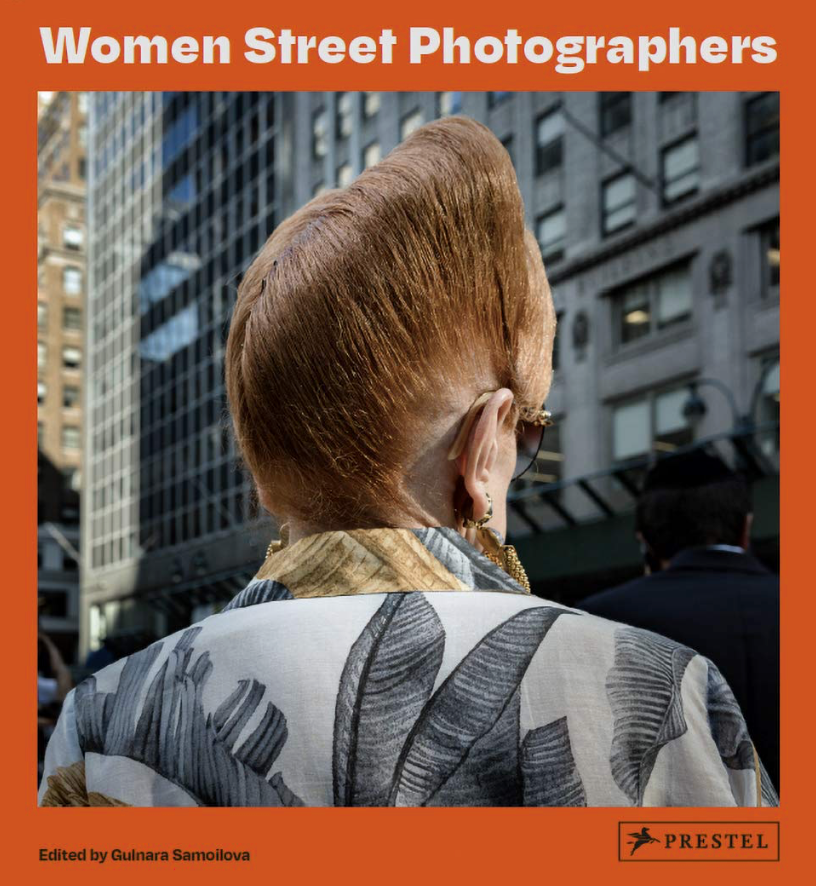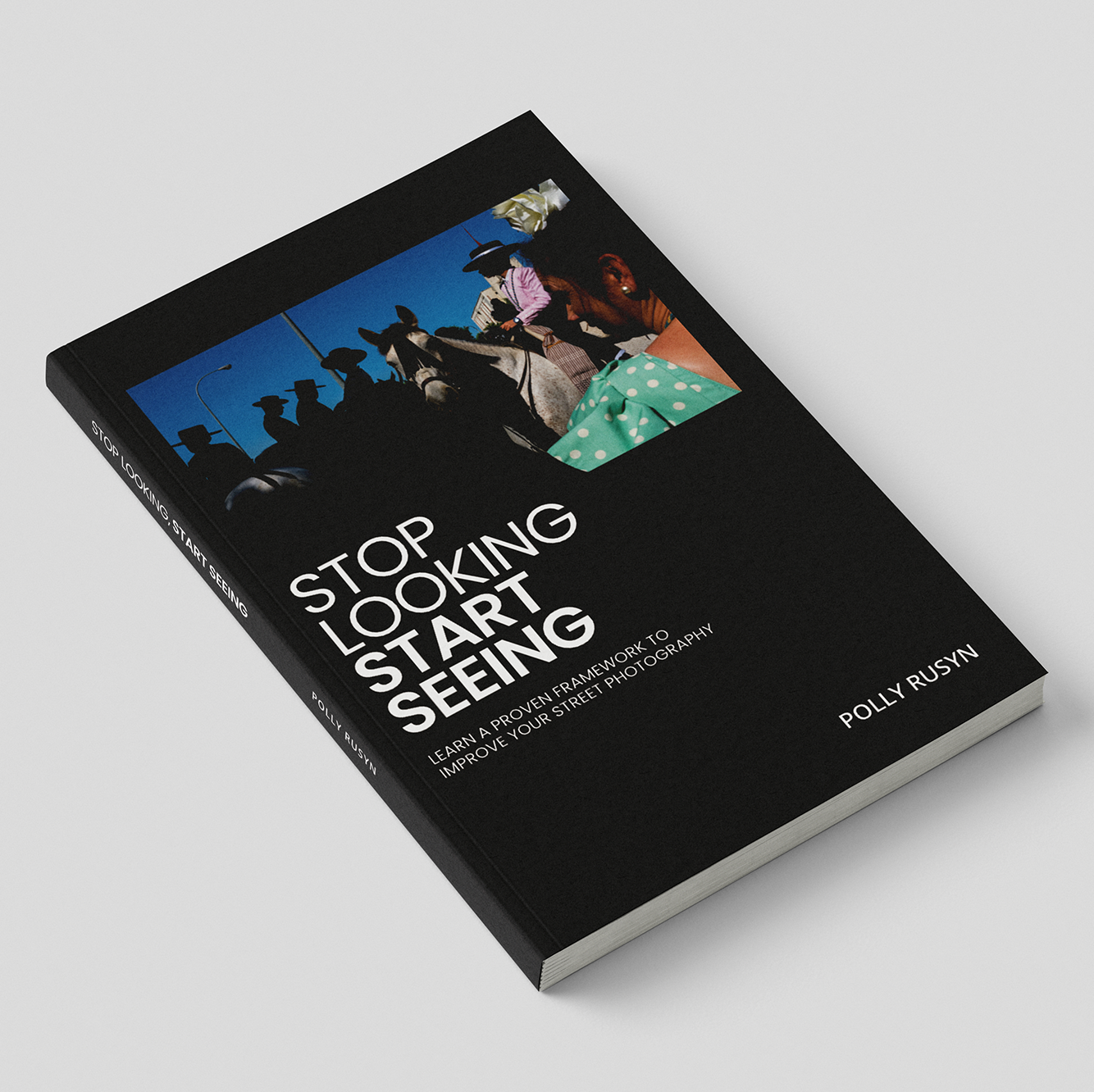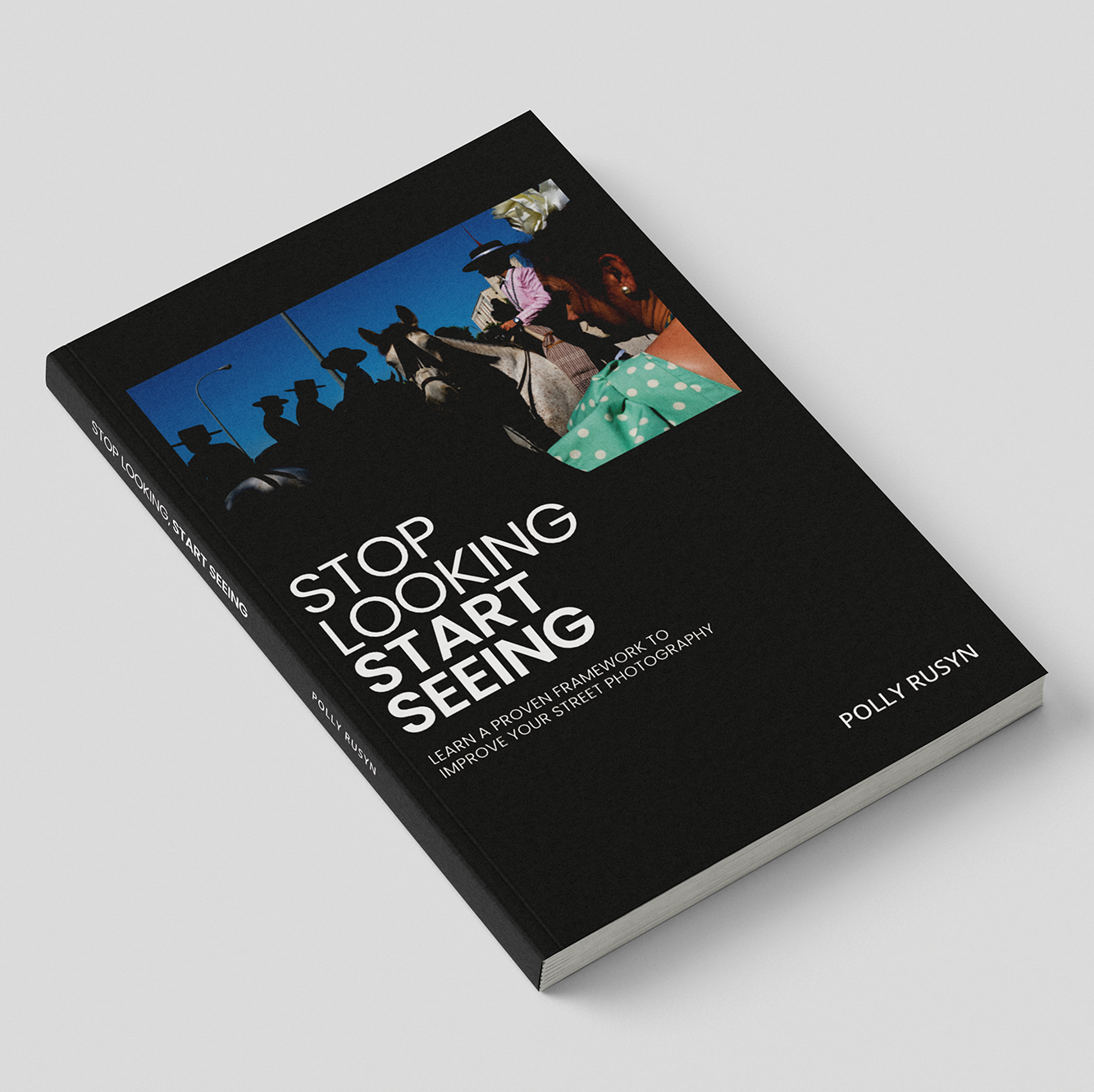A Brief History of Street Photography

A lot has been written about the history of street photography, and it’s not something you can have an opinion on of course, as it’s based on research and evidence (allegedly!), so I’ve curated some articles that do a pretty good job of telling the history of the genre.
We may as well start with an encyclopaedia! The author traces the beginnings of street photography to the 1850s. And it appears that even with the huge obstacles in photographic technology at the time, people wanted to be able to document everyday life on the street.
Excerpt: “The first images to exemplify street photography were those produced by French photographer Charles Nègre, who used his camera to document architecture as well as shops, labourers, traveling musicians, peddlers, and unusual street types in the 1850s. Because of the comparatively primitive technology available to him and the long exposure time required, he struggled to capture the hustle and bustle of the Paris streets. He experimented with a series of photographic methods, attempting to find one that would allow him to capture movement without a blur, and he found some success with the calotype, patented in 1841 by William Henry Fox Talbot. The calotype could capture an image in one minute, a stunning efficiency when compared with the 15 to 30 minutes required for a daguerreotype. Some of Nègre’s photographs were staged to evoke action, and some occasionally included accidents—a blur of a figure moving across the composition. Those accidents serve as some of the earliest examples of movement captured in the still image, an expression of the energy of the street.”
Blumberg, Naomi. "street photography". Encyclopaedia Britannica, 2 Aug. 2021, https://www.britannica.com/art/street-photography
Next stop is Wikipedia, which covers the nineteenth century as well as a good, but not too intensive overview of the twentieth century practitioners covering the United Kingdom, France and the USA, with a whole heap of links to click though and explore further. As well as the history of street photography Wikipedia also covers other aspects such as the legal concerns in doing street photography in different countries, as well as giving you a whole host of reference links too.
Excerpt: “The beginnings of street photography in the United States can also be linked to those of jazz,[29][30] both emerging as outspoken depictions of everyday life.[31] This connection is visible in the work of the New York school of photography (not to be confused with the New York School). The New York school of photography was not a formal institution, but rather comprised groups of photographers in the mid-20th century based in New York City.
Robert Frank's 1958 book, The Americans, was significant; raw and often out of focus,[32] Frank's images questioned mainstream photography of the time, "challenged all the formal rules laid down by Henri Cartier-Bresson and Walker Evans" and "flew in the face of the wholesome pictorialism and heartfelt photojournalism of American magazines like LIFE and Time".[32] Although the photo-essay format was formative in his early years in Switzerland, Frank rejected it: "I wanted to follow my own intuition and do it my way, and not make any concession — not make a Life story’.[33] Even the work of Cartier-Bresson he regarded as insufficiently subjective: "I’ve always thought it was terribly important to have a point of view, and I was also sort of disappointed in him [Cartier-Bresson] that that was never in his pictures’.[34]”
Multiple contributors. "street photography", 4 Aug. 2021 https://en.wikipedia.org/wiki/Street_photography#History
And while street photography is generally perceived as a predominantly male pastime, and is indeed dominated by big name male street photographers, there are incredible women street photographers out there. And more and more women are becoming recognised in the world of street photography. This essay, telling the history of women street photographers, by Melissa Breyer is published in the first book dedicated to women street photographers. Did I mention I am one of the 100 women published? I have now!
Excerpt: “Although the technological advances in photography were becoming more available globally, gender roles in some parts of the world meant that many women were far from being able to buy a camera and freely roam the streets (as is still the case today). But in the United States, the 1920s and 30s gave rise to a number of historic women photographers whose work informed what we now call street photography.
There was Berenice Abbott, who strove to document a changing New York City; photojournalist Margaret Bourke-White, who in 1930 became the first Western professional photographer allowed into the Soviet Union; and of course Dorothea Lange, who left her San Francisco portrait studio to join the government’s Resettlement Administration. Her work included some of the most enduring photographs we have today, including her “Migrant Mother, Nipomo, California” of 1936, which has become one of the most famous photographs in history.”
Breyer, Melissa. “A Brief History of Women Street Photographers” 21 Mar. 2021, https://lithub.com/a-brief-history-of-women-street-photographers/ Excerpted from Women Street Photographers, edited by Gulnara Samoilova © Prestel Verlag, Munich · London · New York, 2020. Text copyright © 2021 by Melissa Breyer.
And discover 100 contemporary women street photographers grab your own copy of “Women Street Photographers”.
And here is a short slideshow to go through and see street photography’s evolution right before your very eyeballs! It’s light on words, and is by no means up-to-date as the last photographer in the slideshow is Philip-Lorca diCorcia (1990).
Example slide: "That crazy feeling in America when the sun is hot on the streets and music comes out of the jukebox or from a nearby funeral, that's what Robert Frank has captured in the tremendous photographs taken as he travelled on the road around practically forty-eight states in an old used car (on Guggenheim Fellowship) and with the agility, mystery, genius, sadness, and strange secrecy of a shadow photographed scenes that have never been seen before on film.” - Jack Kerouac, from his introduction to The Americans.
Nicholls, Jon. “Street Photography - A Brief History”, 7 Sep. 2009.
And, for a more in-depth history read this:
Bystander: A History of Street Photography by Colin Westerbeck and Joel Meyerowitz
And, while you're at it, watch this:
“The History of Street Photography” — this video is just part of a really interesting lecture by Photographer Eileen Powers. She talks about the close relationship of painting and street photography. And discusses street photography content and composition, with some really great insights about a handful of interesting photographs.
Intro and banner photo © Polly Rusyn | All Rights Reserved








